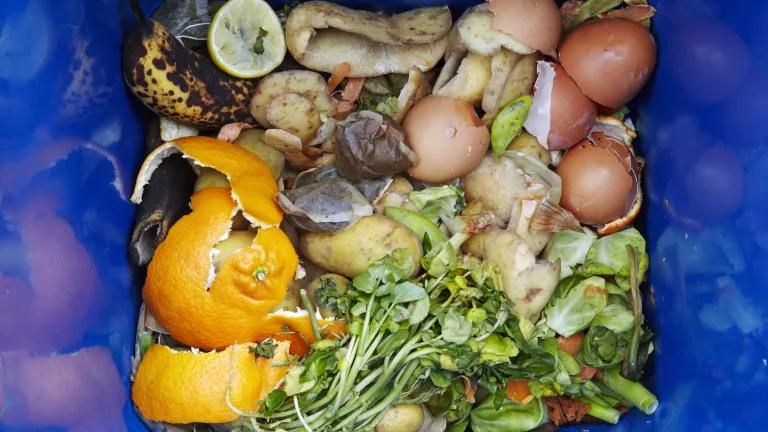New Report Highlights Food Date Labels as Key Problem
New report highlights the need for federal legislation on food date labels, a leading contributor to household food waste in America.

Too many of us are unnecessarily wasting wholesome food when we see that the date has passed and decide to toss it. A new study from MITRE and Gallup surveyed nearly 10,000 American households to gauge the quantities and causes of household food waste in order to determine effective measures to reduce it. The report reinforced that misunderstanding the meanings of food date labels is a leading cause of food loss and waste in the United States, but that this is something Congress has the opportunity to fix.
One in three households surveyed said they often or always throw away food that has passed the date on its label. This is unfortunate because most food date labels are meant to indicate peak quality, not safety. So-called “expiration dates” do not actually indicate when a food will no longer be good to eat. Instead, food date labels are generally a manufacturer’s indication of when your cereal might start to get a little stale in the unopened box. Date labels are not federally regulated, except when it comes to infant formula. Furthermore, many date labels are not intended for consumers at all; instead, some dates are meant to help grocery stores set timelines for product rotation, with the expectation that they would still sit in a household’s kitchen cupboard or refrigerator for some time beyond the date on the label.
The MITRE/Gallup study goes on to report that people who often or always throw away food that has passed its date label are wasting twice as much food as people who never or rarely throw away food past its date label. If we extrapolate these findings out to the entire country, we could save 202 million cups of edible food per year if Americans stopped needlessly tossing food simply because of the date label and switched to the behaviors of households that aren’t tossing past-dated food. All that wasted food could fill 718 semi-trucks which would extend 10 miles if we lined them up bumper to bumper. What a traffic jam that would cause! And what a tremendous waste of energy, land, water, and money that went into growing, processing, transporting, and disposing of all that edible food.
Luckily, Congress can pass legislation that would help solve this problem. The bipartisan Food Date Labeling Act of 2023 would streamline the phrases next to food dates with one standardized phrase (“BEST if used by”) to signal quality and a separate phrase (“USE by”) when a food should be consumed within a specific amount of time. The bill also calls for USDA to educate Americans about the meanings of the two different food date labels so that we can clear up confusion and stop needlessly tossing quality food.
NRDC has long advocated for more research into the causes and solutions to food waste. The MITRE/Gallup study will add significant contributions to our understanding of household food waste, but research needs to inform action and it is time to fix the most common reasons why food is going to waste.




